Home>Articles>How To Store Books In A Non Climate Controlled Storage


Articles
How To Store Books In A Non Climate Controlled Storage
Modified: January 19, 2024
Learn effective techniques to store articles in non-climate controlled storage units. Safely preserve and protect your valuable books with these expert tips.
(Many of the links in this article redirect to a specific reviewed product. Your purchase of these products through affiliate links helps to generate commission for Storables.com, at no extra cost. Learn more)
Introduction
Storing books in a non climate controlled storage environment can present challenges when it comes to ensuring the long-term preservation of your valuable literary collection. Without the controlled temperature and humidity levels typically found in climate controlled storage units, books are more susceptible to damage caused by fluctuations in temperature, high humidity, dust, pests, and other hazards.
However, with proper preparation and careful consideration, it is possible to store books in a non climate controlled storage space while minimizing the risk of damage. In this article, we will discuss the factors to consider before storing books in a non climate controlled environment, strategies for preparing and packing books, as well as measures to monitor, maintain, and protect book condition in a non climate controlled storage.
By following these guidelines, book lovers and collectors can ensure that their cherished books remain in good condition, even when stored in a non climate controlled storage space.
Key Takeaways:
- Proper preparation and careful consideration are essential when storing books in a non climate controlled storage. Factors such as temperature, book condition, and storage containers play a crucial role in preserving book integrity.
- Regular monitoring, maintenance, and proactive measures are necessary to protect books from humidity, pests, and other hazards in a non climate controlled storage. With ongoing attention, valuable literary treasures can be safeguarded for years to come.
Factors to Consider Before Storing Books in a Non Climate Controlled Storage
Before deciding to store your books in a non climate controlled storage unit, it is important to consider a few key factors that may affect the condition of your books:
- Temperature and Humidity: Non climate controlled environments are subject to temperature and humidity fluctuations, which can be detrimental to books. Extreme temperatures and high humidity levels can lead to the growth of mold and mildew, causing irreparable damage to your books.
- Duration of Storage: The length of time your books will be stored in a non climate controlled space should be taken into account. Books that will be stored for a short period may be less susceptible to damage compared to those stored for extended periods.
- Book Value and Sentimental Importance: Consider the value and sentimental attachment you have to your books. If you have rare or valuable editions, or books that hold significant sentimental value, you may want to explore alternative storage options.
- Geographical Location: The geographical location of the storage facility may impact the environmental conditions within the unit. For example, areas with high humidity or extreme temperature variations may pose greater risks to book preservation.
- Book Condition: Assess the current condition of your books before storing them in a non climate controlled space. Books that are already damaged or in poor condition may be more susceptible to further deterioration in a non climate controlled environment.
Taking these factors into consideration will help you make an informed decision about whether storing your books in a non climate controlled storage unit is suitable for your collection. If the risks outweigh the benefits, it may be worth exploring alternatives such as climate controlled storage or implementing additional measures to protect your books.
Preparing Books for Storage in a Non Climate Controlled Environment
Proper preparation is crucial when getting your books ready for storage in a non climate controlled environment. Follow these steps to help protect your books from potential damage:
- Clean the Books: Before storing your books, ensure they are clean and free from dust or debris. Use a soft cloth or brush to gently remove any dirt or grime from the covers and pages. Avoid using water or cleaning solutions, as they can cause damage to the books.
- Inspect for Damage: Examine each book for signs of damage, such as loose bindings, torn pages, or insect infestations. Repair any minor damages using acid-free book repair tape or archival glue. For significant damage, consider consulting a professional book conservator.
- Remove Bookmarks and Inserts: Take out any bookmarks, notes, or inserts from the books. These items can cause creases or indentations over time and may not fare well in a non climate controlled environment.
- Protect Dust Jackets: For books with dust jackets, remove the jackets and store them separately to prevent them from getting damaged. Consider using acid-free archival sleeves to protect the dust jackets from dust and moisture.
- Use Acid-Free Materials: When preparing your books for storage, opt for acid-free materials such as archival boxes, folders, and tissue paper. Acidic materials can accelerate the degradation of paper and ink, so it is best to avoid them.
- Avoid Plastic Wrap: While plastic wrap may seem like a convenient option for protecting books, it can actually trap moisture, leading to the growth of mold and mildew. Instead, use acid-free tissue or archival paper to create barriers between books.
- Consider Interleaving: For particularly valuable or delicate books, consider interleaving the pages with acid-free tissue paper to provide extra protection against moisture and potential damage from adjacent books.
By following these steps, you can ensure that your books are properly prepared for storage in a non climate controlled environment. Remember to handle the books with clean hands to avoid transferring oils or dirt onto the pages, and store them in a clean and dry area to minimize the risk of deterioration.
Choosing the Right Storage Containers for Books
When storing books in a non climate controlled environment, selecting suitable storage containers is essential to safeguard their condition. Here are some factors to consider when choosing the right storage containers:
- Material: Opt for storage containers made of acid-free materials. Acidic materials can leach harmful chemicals that can deteriorate the paper and ink of your books over time. Look for containers specifically designed for archival storage.
- Size: Choose containers that are appropriately sized to accommodate your books without excessive empty space. This will prevent them from shifting around and potentially getting damaged during storage.
- Sturdiness: Select containers that are sturdy enough to withstand any accidental bumps or impacts that may occur during the handling and stacking of the boxes. Reinforced corners and durable materials can help protect your books from physical damage.
- Tight-Closing Lids: Ensure that the storage containers have lids that securely close to prevent dust, pests, and humidity from entering. Good seals will provide an added layer of protection against environmental factors.
- Accessibility: Consider the ease of access when selecting storage containers. Opt for containers that allow for easy retrieval of individual books without having to disturb the rest of the collection.
- Stackability: If you plan to stack the storage containers, choose ones that are designed to be stackable. This will maximize the use of space in your storage area and minimize any potential damage from uneven stacking.
- Labeling: Label each storage container with the contents or categories of books stored inside. This will make it easier to locate specific books without having to search through multiple containers.
By considering these factors, you can select the appropriate storage containers that provide the necessary protection and organization for your books. Remember to handle the containers with care to avoid any accidental damage and ensure they are stored in a clean and dry area to maintain the integrity of your books.
Packing and Organizing Books in a Non Climate Controlled Storage
Proper packing and organization of your books in a non climate controlled storage environment is crucial for their preservation. Follow these tips to ensure your books are packed and organized effectively:
- Vertical Storage: Store books upright in the containers to prevent warping or bending of the covers and pages. This will also help maintain the structural integrity of the books over time.
- Group by Size: Group books of similar sizes together to prevent larger books from pressing down on smaller ones. This will help minimize any potential damage or deformation.
- Avoid Overpacking: Do not overcrowd the containers as this can lead to increased pressure on the books, causing damage to the bindings and pages. Leave some empty space to allow for proper air circulation.
- Separate Fragile Books: If you have particularly fragile or valuable books, consider placing them in individual acid-free plastic sleeves or wrapping them in archival paper for added protection separate from other books.
- Place Heavier Books at the Bottom: When stacking containers, place the heavier books at the bottom to prevent excessive weight on top of more delicate books. This will help avoid potential damage from the weight and pressure.
- Use Dividers: If necessary, use dividers or bookends within the containers to keep the books upright and prevent them from leaning or toppling over during storage.
- Avoid Direct Floor Contact: Elevate the containers of books off the floor, either using pallets or sturdy shelves, to protect them from moisture and potential water damage.
- Regularly Rotate Books: Periodically rotate the books within the container or exchange the books between containers to prevent prolonged pressure on specific spots, which can lead to deformation or damage over time.
By following these packing and organizing techniques, you can ensure that your books are stored securely and are easily accessible whenever you need them. Regularly check on your stored books to ensure they are in good condition and make any necessary adjustments to uphold their preservation.
Store books in acid-free boxes or plastic bins to protect them from moisture and pests. Place silica gel packets inside to absorb any excess moisture. Keep the boxes off the ground to prevent water damage.
Monitoring and Maintaining Book Condition in a Non Climate Controlled Storage
Regular monitoring and maintenance are essential to preserve the condition of your books stored in a non climate controlled environment. Here are some steps you can take to monitor and maintain the condition of your books:
- Regular Inspections: Periodically inspect your stored books for any signs of damage, such as mold, pests, or warping. Catching issues early on allows for timely intervention and prevents further deterioration.
- Temperature and Humidity Monitoring: Invest in a temperature and humidity monitor for your storage area to keep track of the conditions inside. Extreme temperature fluctuations and humidity levels can contribute to book damage.
- Controlled Airflow: Ensure proper air circulation in the storage area by avoiding tightly packed shelves and allowing space for air to flow around the containers. This helps to mitigate the risk of moisture build-up.
- Regularly Dust: Dust the storage containers and surrounding area regularly to prevent dust from accumulating on the books. Use a soft, lint-free cloth or a gentle brush to remove dust particles.
- Addressing Mold or Pest Issues: If you notice signs of mold or pests on your books, take immediate action to mitigate the problem. Remove the affected books from the storage area, isolate them, and consult with a professional on the proper treatment and remediation.
- Proper Handling: Whenever you need to access your stored books, handle them with clean hands to avoid transferring oils or dirt onto the pages. Be gentle when removing or replacing books to minimize the risk of damage.
- Reorganization and Rotation: Occasionally reorganize the storage containers and rotate the books to distribute the weight and prevent prolonged pressure on specific areas.
- Documenting Book Condition: Maintain a record or catalog of your stored books, including details such as condition, location, and any specific notes or observations. This will help you keep track of the condition of your collection over time.
By monitoring and maintaining the condition of your stored books, you can proactively address any issues that may arise and protect your collection from further damage. Regular maintenance and care will help extend the lifespan of your books in a non climate controlled storage environment.
Preventing Damage from Humidity and Moisture in a Non Climate Controlled Storage
Humidity and moisture pose significant threats to books stored in a non climate controlled environment. To prevent damage caused by these factors, follow these guidelines:
- Dehumidifiers: Consider using dehumidifiers in your storage area to help control the moisture levels. A dehumidifier will help reduce the humidity in the air, minimizing the risk of mold growth and moisture-related damage.
- Silica Gel Packs: Place silica gel packs or desiccant packets inside the containers to absorb excess moisture. Ensure the silica gel packs are regularly checked and replaced or recharged as needed.
- Absorbent Materials: Line the bottom of the storage containers with absorbent materials, such as acid-free blotting paper or archival board, to help absorb any moisture that may seep in.
- Avoid Direct Contact with Walls: Keep the storage containers away from walls or areas prone to condensation to prevent moisture transfer. Leave some space between the containers and the walls for proper air circulation.
- Insulate the Storage Area: Insulate the storage area as much as possible to help regulate temperature and reduce the risk of condensation. Seal any gaps or cracks that may allow moisture to enter the space.
- Monitor External Environment: Be aware of changes in weather or seasonal variations that may introduce higher humidity levels. Take extra precautions during these times to protect your books from potential moisture damage.
- Regularly Check for Leaks: Inspect the storage area for any signs of leaks or water damage. Look for water stains, dampness, or musty smells. If any issues are found, address them promptly to prevent further damage.
- Ventilation: Ensure proper ventilation in the storage area to promote air circulation. This will help prevent stagnant air and reduce moisture build-up.
- Avoid Plastic Containers: Plastic containers can trap moisture and create a humid microenvironment. Instead, opt for breathable storage containers made of materials such as acid-free cardboard or wood.
By implementing these preventive measures, you can significantly reduce the risk of damage from humidity and moisture in your non climate controlled storage space. Regularly monitor the conditions and take necessary steps to maintain a dry and controlled environment for your books.
Protecting Books from Dust, Pests, and Other Hazards in a Non Climate Controlled Storage
Keeping your books safe from dust, pests, and other hazards is crucial when storing them in a non climate controlled environment. Follow these tips to protect your books from potential damage:
- Keep the Storage Area Clean: Regularly clean the storage area to prevent the accumulation of dust. Sweep or vacuum the floor, wipe down surfaces, and dust the shelves or storage units.
- Dust Jackets and Covers: Ensure that all books have dust jackets, and securely wrap the covers with acid-free archival sleeves or clear film to protect them from dust and dirt.
- Seal Gaps and Cracks: Seal any gaps or cracks in the storage area that may serve as entry points for pests. Use caulk or sealant to close off any openings.
- Use Pest Deterrents: Place pest deterrents such as mothballs, cedar chips, or lavender sachets near the books to help repel pests. Be cautious with the use of any chemicals or strong-smelling substances that may damage the books.
- Inspect Regularly: Conduct regular inspections of your stored books for signs of pests, such as droppings, chewed pages, or insect activity. Take immediate action if any pests are detected.
- Elevate the Containers: Store the book containers on elevated platforms, such as pallets or shelves, to minimize the risk of pests accessing them from the ground.
- Avoid Food Storage: Keep food items separate from the book storage area. Food can attract pests and increase the likelihood of infestations.
- Use Pest Control Products: If pests are a persistent problem, consider using pest control products specifically designed for use in storage areas. Choose non-toxic options that will not harm the books or pose health risks.
- Regularly Rotate Books: Rotate the books within the containers periodically to prevent pests from settling in undisturbed areas. This helps disrupt their breeding cycles.
- Proper Handling and Storage: Always handle books with clean hands to avoid transferring oils or dirt that attract pests. Store books in airtight, sealed containers to provide an extra layer of protection against pests.
By following these measures, you can safeguard your books from dust, pests, and other hazards commonly found in non climate controlled storage environments. Regular monitoring and diligence are essential to maintain the integrity of your book collection.
Conclusion
Storing books in a non climate controlled storage environment requires careful consideration and proper preparation to protect them from potential damage. By understanding the factors that can affect book preservation and implementing the appropriate strategies, you can ensure the longevity of your cherished literary collection.
Before storing your books, assess the temperature and humidity conditions, taking into account the duration of storage, the value and sentimental importance of the books, the geographical location, and the condition of the books themselves. This assessment will help you make an informed decision about storing in a non climate controlled environment or exploring alternative storage options.
To prepare your books for storage, clean them thoroughly, inspect for damage, remove bookmarks and inserts, and protect dust jackets. Use acid-free materials, avoid plastic wrap, and consider interleaving for fragile books. Select the right storage containers that are made of acid-free materials, appropriately sized, sturdy, and tightly sealed.
When packing and organizing your books, store them vertically, group them by size, avoid overpacking, and place heavier books at the bottom. Use dividers or bookends, avoid direct floor contact, and regularly rotate the books to prevent pressure and damage.
To maintain book condition, regularly inspect the books for damage, monitor temperature and humidity levels, control airflow, and dust the storage area. Address mold or pest issues promptly, handle books with care, and keep a record of book condition. Take preventive measures to prevent damage from humidity and moisture, such as using dehumidifiers, silica gel packs, and absorbent materials.
Finally, protect books from dust, pests, and other hazards by maintaining a clean storage area, sealing gaps and cracks, using pest deterrents, and regularly inspecting for pests. Elevate the containers, avoid food storage, and handle books properly. By following these guidelines, you can ensure that your books remain in good condition even in a non climate controlled storage environment.
Remember, regular monitoring, maintenance, and care are essential to preserving the integrity and longevity of your books. With proper preparation and ongoing attention, you can safeguard your valuable literary treasures for years to come.
Frequently Asked Questions about How To Store Books In A Non Climate Controlled Storage
Was this page helpful?
At Storables.com, we guarantee accurate and reliable information. Our content, validated by Expert Board Contributors, is crafted following stringent Editorial Policies. We're committed to providing you with well-researched, expert-backed insights for all your informational needs.
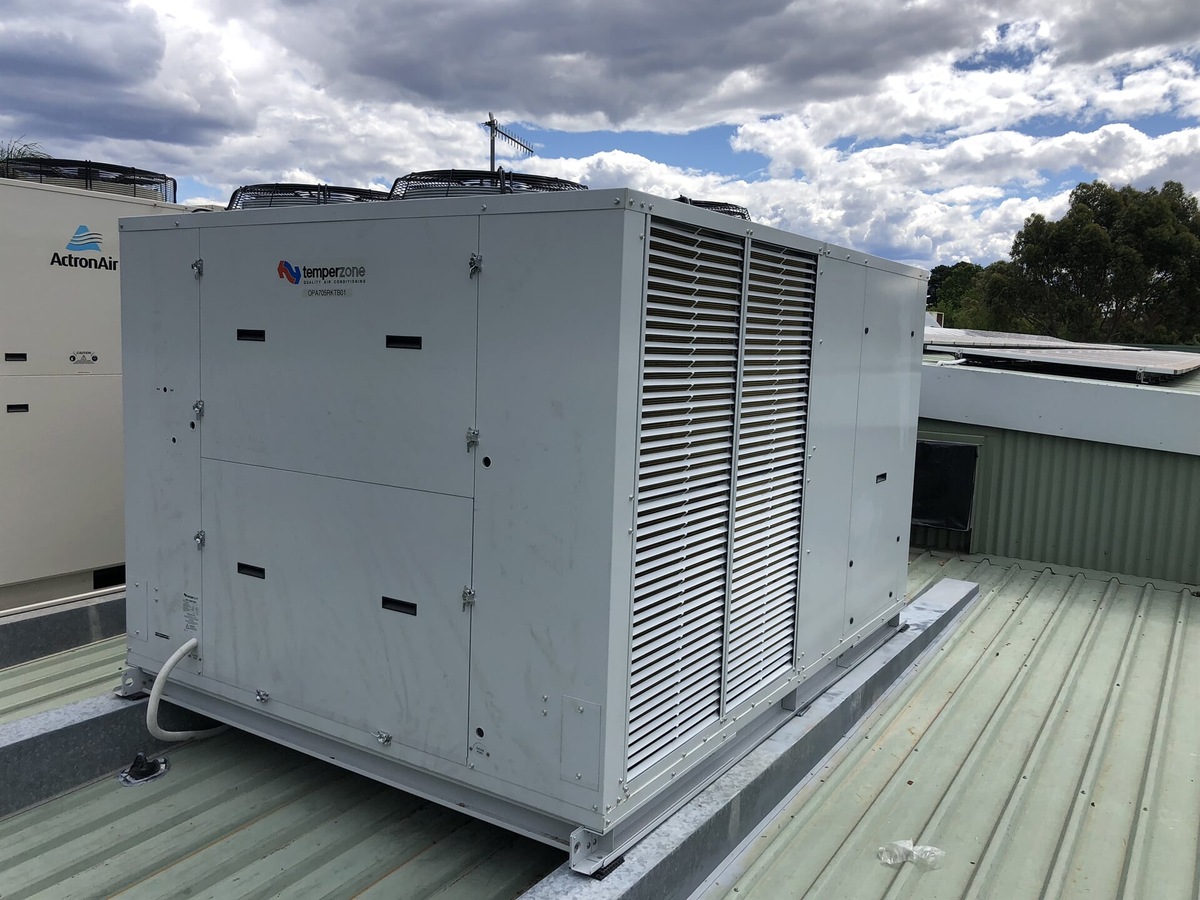

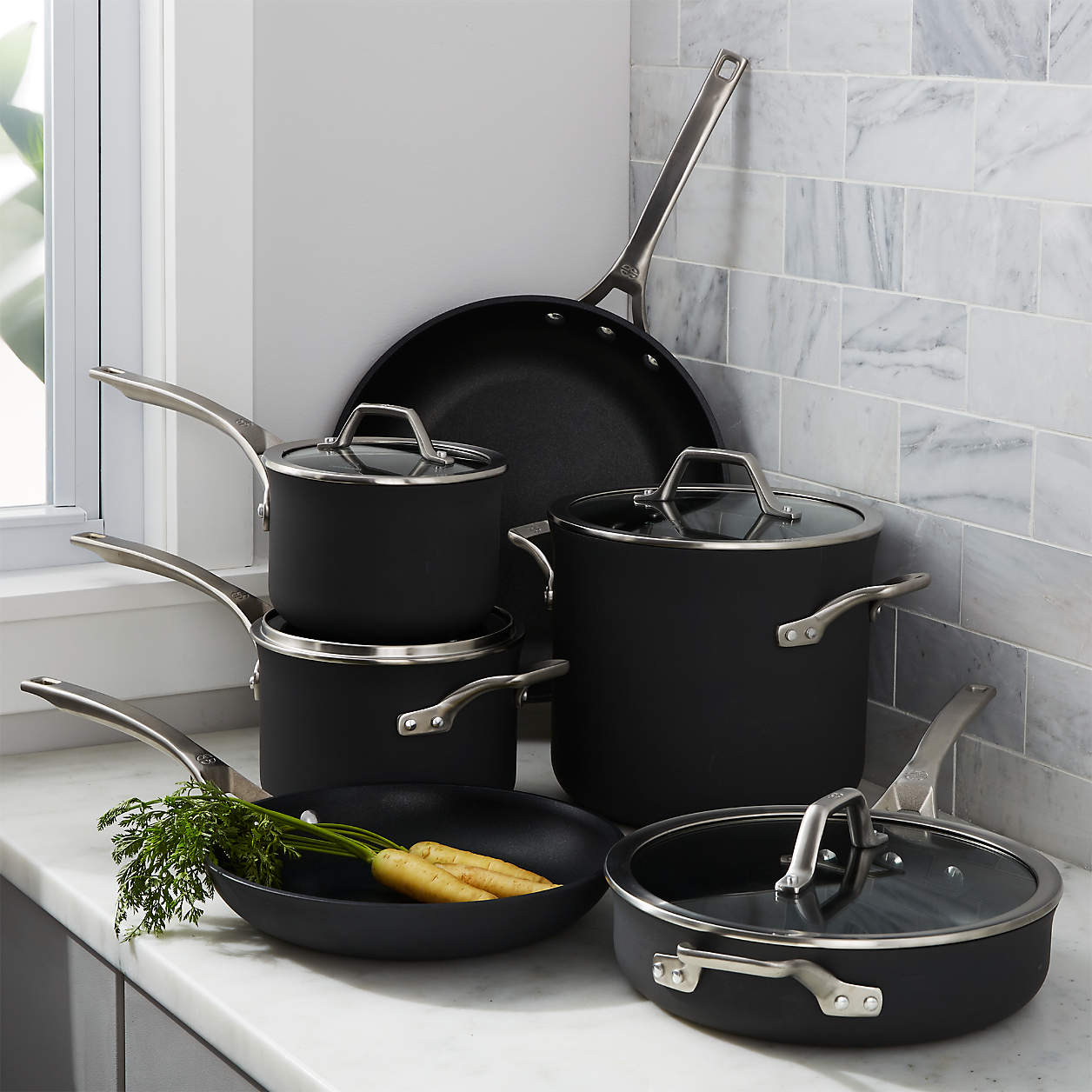

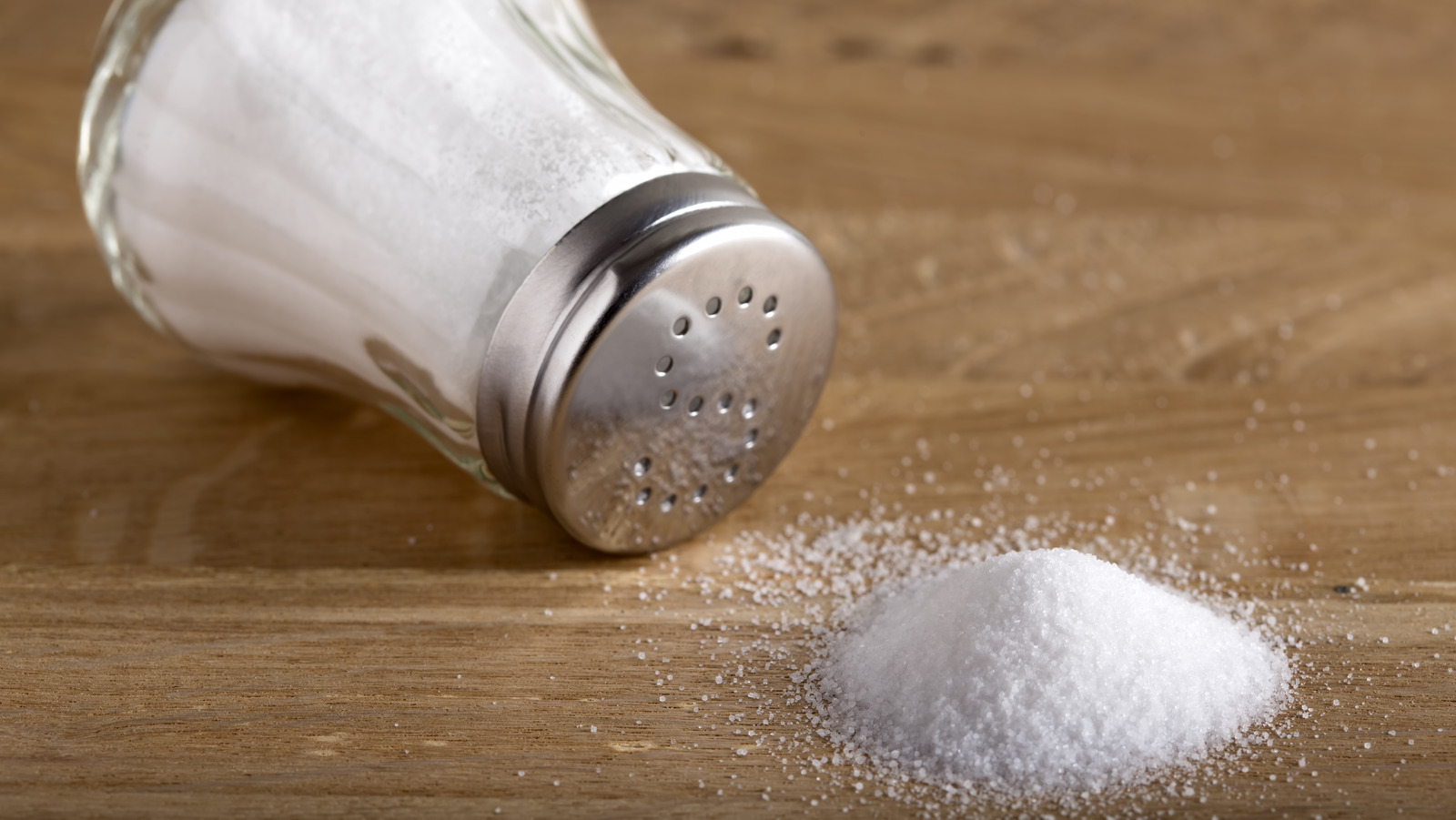


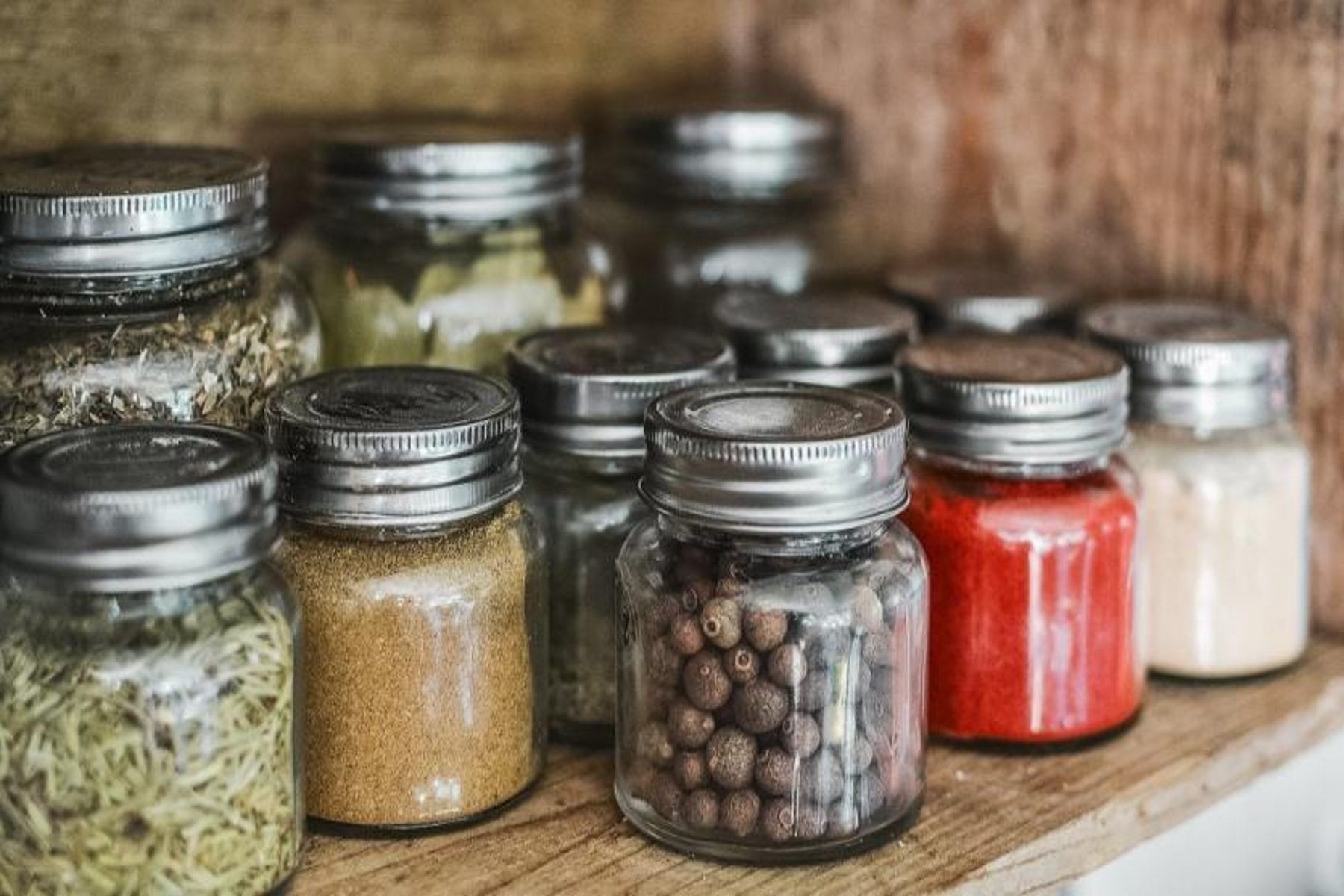
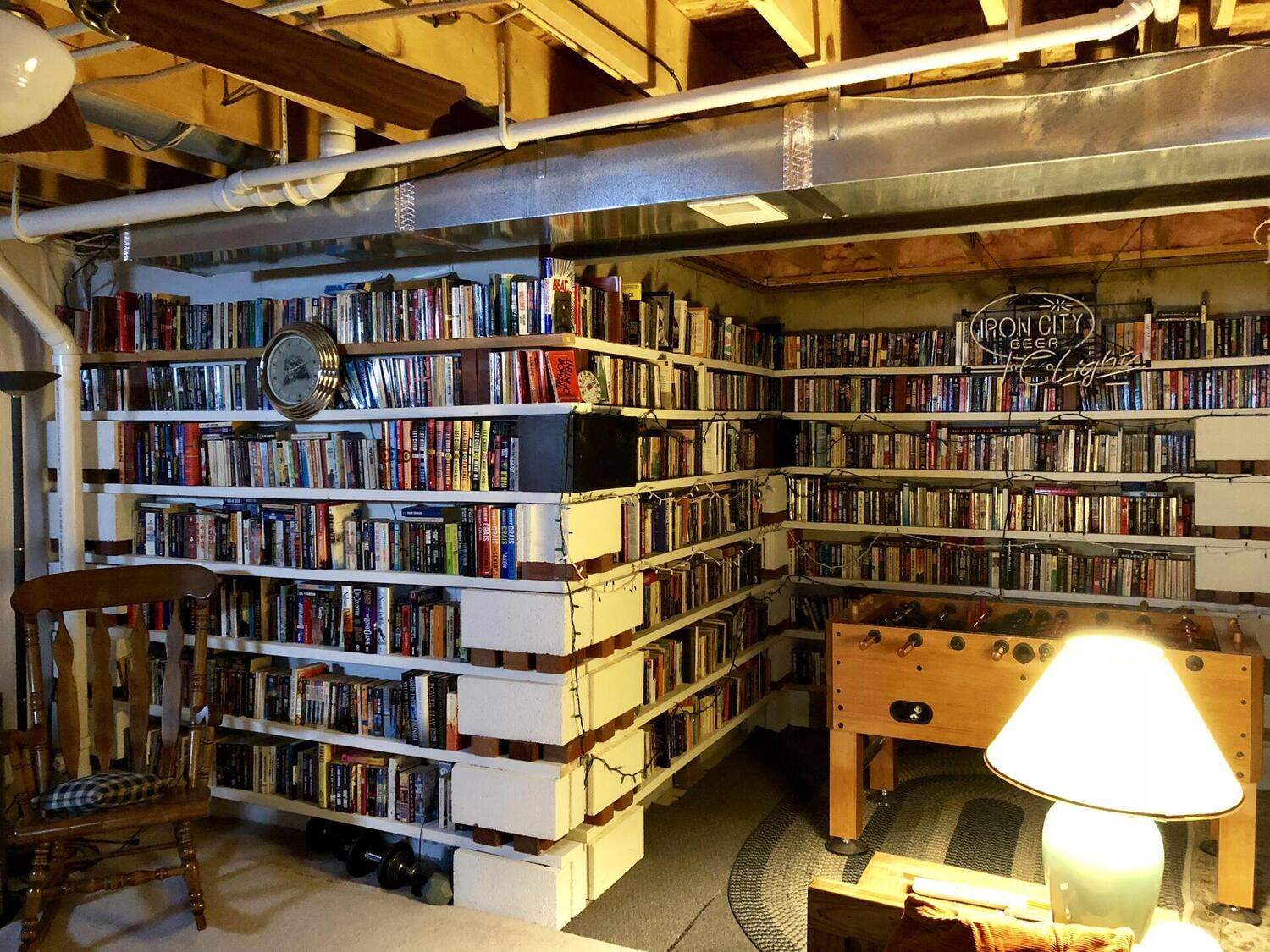


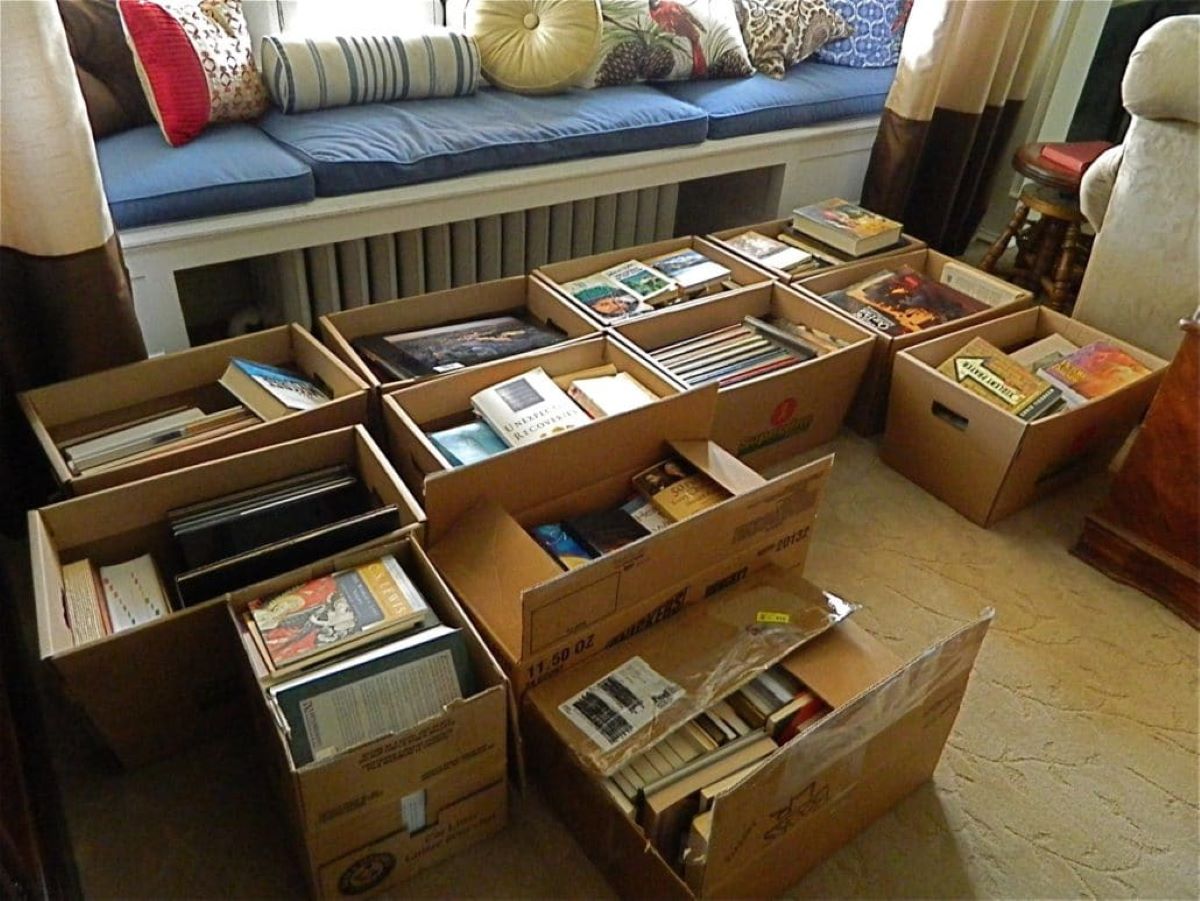

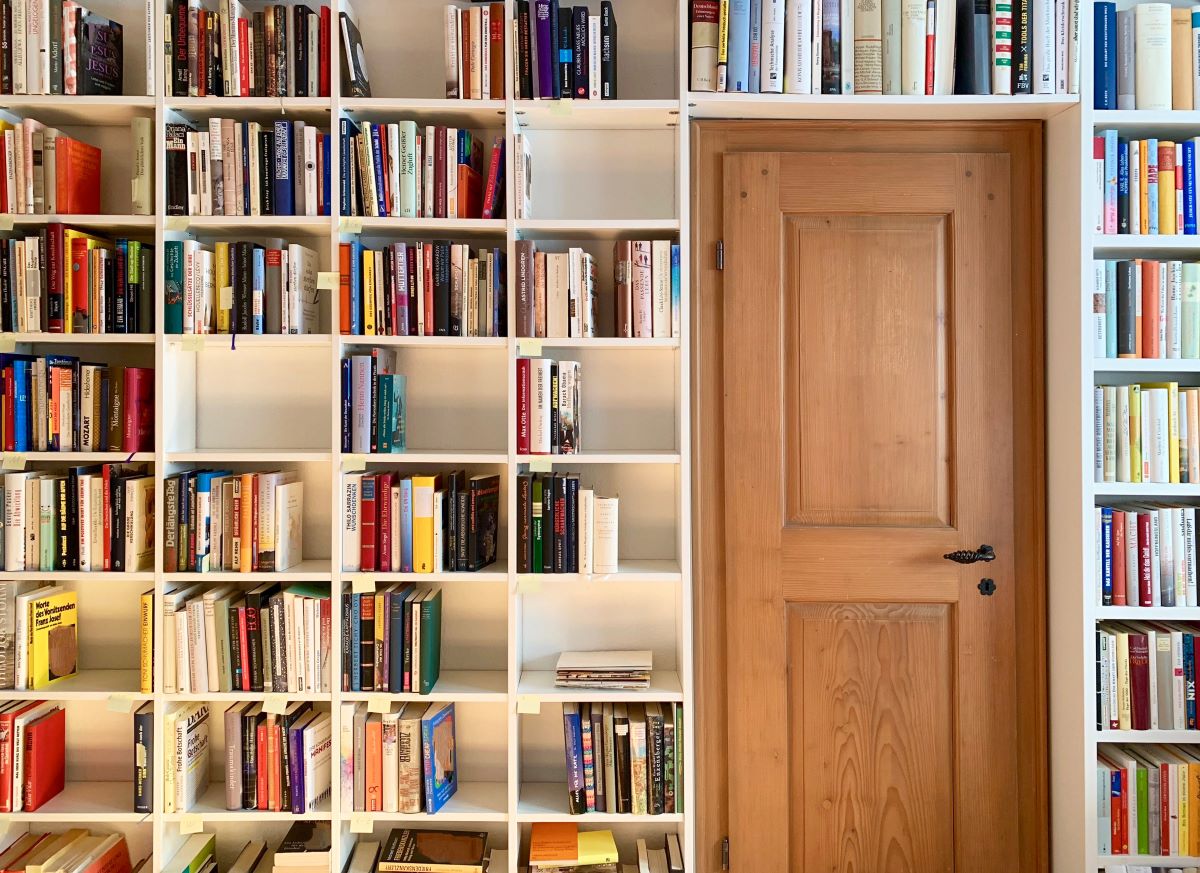

0 thoughts on “How To Store Books In A Non Climate Controlled Storage”